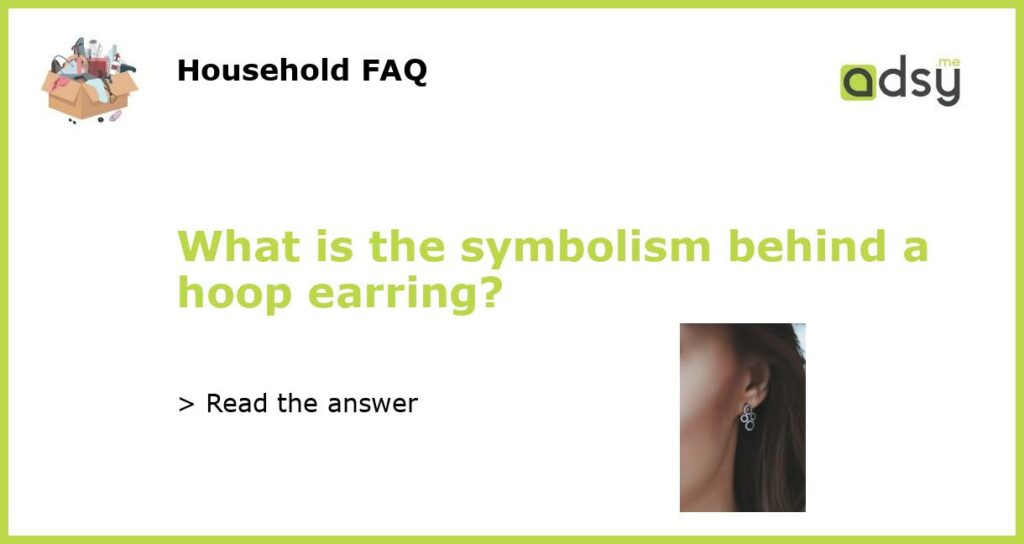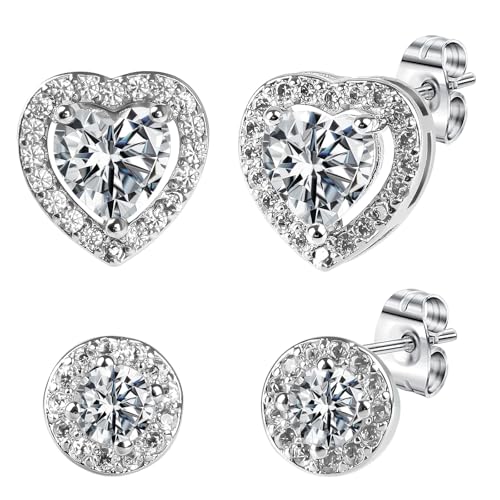The Story of Hoop Earrings: From Ancient Times to Today
Hoop earrings have been around for thousands of years and have been worn by people from almost every culture. They come in different sizes, materials, and designs, but what is the symbolism behind them?
Hoop Earrings Through History
The ancient Sumerians, who lived in Mesopotamia about 4500 years ago, depicted men wearing hoop earrings in their art. In Ancient Egypt, hoop earrings were a symbol of wealth and status, and both men and women wore them. During the Renaissance, hoop earrings were worn by wealthy European women as a sign of their social status. In the 20th century, hoop earrings became a popular accessory among African American and Latino cultures as a symbol of ethnic pride.
The Symbolism Behind Hoop Earrings
In many cultures, hoop earrings are a symbol of unity, strength, and continuity. The circular shape of the hoops represents the cycle of life and the never-ending circle of the universe. The hoop earrings also represent the unbroken chain of love and friendship. In some cultures, hoop earrings are also a symbol of protection, and they were believed to protect the wearer from evil spirits.
Hoop Earrings in Pop Culture
In recent years, hoop earrings have become a trendy fashion accessory, popularized by celebrities and influencers. They have been featured in music videos, fashion shows, and on social media. In the 1990s, Jennifer Lopez popularized the oversized hoop earring trend, and they have been a staple in the hip hop culture since then. Today, hoop earrings are worn by people of all ages and genders as a statement piece or to express their personal style.
Hoop earrings have a rich history and symbolism behind them, ranging from protection and unity to wealth and status. Today, hoop earrings are a versatile accessory that can be worn with any outfit or style. Whether you wear small or large hoops, gold or silver, the symbolism behind the hoop earring remains the same – a timeless symbol of eternity and unity.






